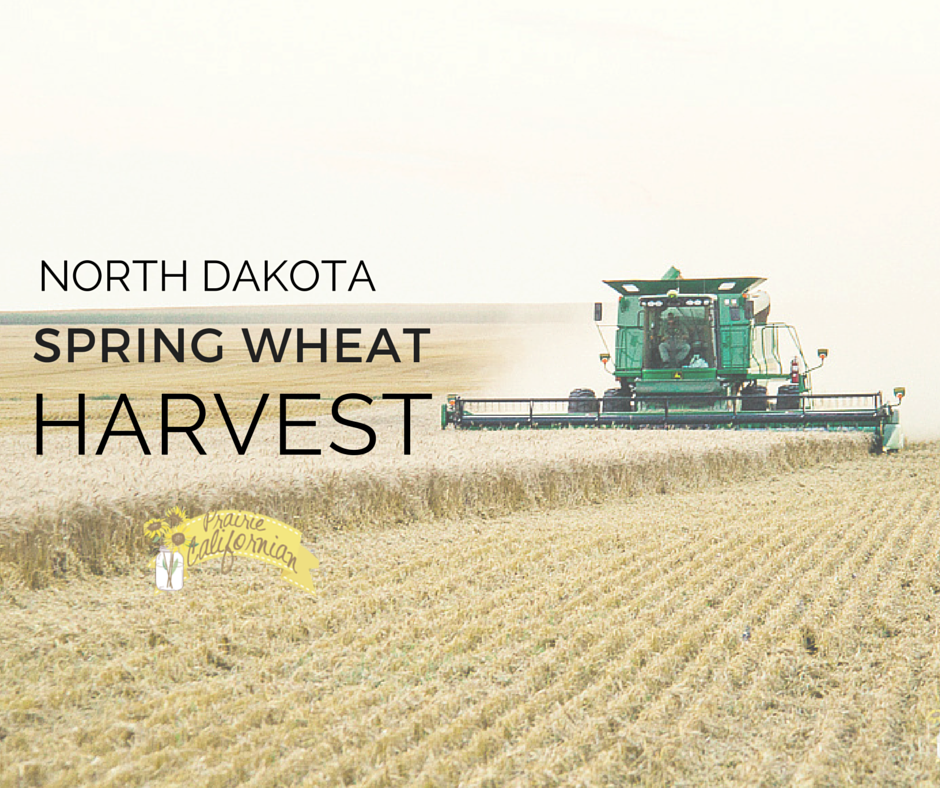
Well, spring wheat harvest here in North Dakota has begun! Now for those of you who have no idea what goes into harvesting a crop.. Let me set the stage here. The wheat we begun harvesting is Spring Wheat, which basically means it was planted well, in the spring! It was planted in April of this year using this…
This is called a drill and it is used for planting wheat as well as soybeans and even sometimes sunflowers.. Basically what it does it deposit a seed and some fertilizer in the soil in measured increments. Distance between rows as well as between each plant is important and the drill allows for that distance to remain consistent while planting acre upon acre. The wheat grows from April until it naturally begins to dry out and is ready to harvest!
You can see the stages the wheat goes through. It begins by barely poking out of the soil. It then grows to looking rather bushy and grass-like until it finally “heads out” meaning it shoots out that classic wheat stalk we see. Finally, when it’s almost ready to be harvested. It will dry out and turn brown like the last photo on the left. You can actually see this process taking place when you drive along the field. If a field is not ready, you will still see patches of green in the field where the wheat has not yet dried. Once it has been determined the field is dry and ready to harvest, out comes the combine… Or to people outside of farming, the harvester.
Ta-da! Here is the Big Green Monster! (Or yellow or red, depending on the brand) A combine gets it’s name from combining three separate operations required to harvest crops into a single machine. This machine combines reaping (basically cutting of the crop), threshing (loosing the edible part of the grain from the chaff or protective coating that surrounds it), and winnowing (basically separating the chaff from the edible grain).. So what you have is that this machine can go through the field, cut the wheat down, and pour edible grains into the hopper. There is no doubt that combines have revolutionized modern farming. Allowing a small handful of people to do what took people a long time ago months on end. And combines just get better and better as technology advances. This bad boy is climate controlled, it has sensors for seriously everything, is satellite guided and pretty much mind blowing to watch work. It is constantly spitting out numbers for you all while just mowing down sections of wheat. Pretty amazing if you ask me!
The machine itself is made to be used with several different heads that can be attached to it depending on what kind of crop you are harvesting. The head on this combine is 30′ long in case you’re wondering the scale and can be used to cut wheat and soybeans. Basically this head has a set of knives that run back and forth once they are turned on. These knives cut the wheat and the big black reel is basically feeds the wheat into the knives while an auger moves the grain into the machine.
Most of the chaff and the rest of the wheat stock that isn’t used is basically chopped and thrown back on the field out the back of the combine. You can see the debris coming out of the back of the combine as my farmer is coming towards me. Harvest is a dusty, dirty job no matter what crop you’re harvesting.
This machine is literally a wealth of knowledge. It gives you so many numbers at first it’s almost overwhelming. And darn me, I forgot to take a photo of the monitor in the thing. But basically, it gives you how much you’re harvesting, what you are yielding, how much fuel you’ve used, how many acres you’ve harvested, etc. Modern day combines make it much easier for farmers to know exactly how long it can take to harvest fields, how their wheat yields per field, and all kinds of other data. It even maps out the yields for you, showing you what parts of the field yield high and what parts yield low.
Depending on a variety of factors, how much you harvest can vary. But for the sake of providing you with some kind of number… I used a nice middle of the road figure here. Basically through the invention of the combine, you can harvest 900 bushels of wheat per hour with this bad boy. A bushel is a dry unit of measurement that approximately equals out to 8 gallons. So if you figure one bushel of wheat makes about 70-73 loaves of bread, in one hour we can harvest enough wheat to make 65,000 loaves of bread! How cool is that!? Did I mention we harvested for two days (approximately 11 hours) and that’s just ONE field!
So the wheat is cut, fed into the combine, and separated from its protective outer coating leaving just the edible grain. The edible grain is then fed into a hopper in the back of the combine. You can fit about 17,000 lbs. of harvested, edible grain wheat into the back of the combine. But this is nothing compared to what you yield from a whole field.. So what happens when the combine is full and there’s still three quarters of the field to harvest…? Well that’s where the other people come into play during harvest. You see harvest isn’t only about the combine.. It involves two more key players. First of those key players is someone to drive what’s called grain cart.
The grain cart is basically a tractor hooked up to this cart. What it allows is for the combine to continue harvesting without stoppping. Once the hopper in the back of the combine is full, the grain cart drives along side the combine and the combine unloads all of the grain (via an auger) from the hopper into the grain cart! Smart, right!? The grain cart then goes and unloads the wheat onto a semi truck which is parked on the outskirts of the field. And if you’re good, this process continues at perfect timing. So the combine is never waiting on anything, it can just harvest away without having to stop! This helps increase productivity, or in our case the other day.. It allowed us to finish harvesting within minutes of a big storm that dumped rain on the same field we were harvesting.
Here is one of a few semi trucks just waiting to be filled with harvested wheat. Depending on several circumstances, wheat is either hauled right then and there to what’s called an elevator. Or it is hauled back to the farm and put into grain bins which can been seen in the background of the very first photo in this post. An elevator basically acts as the intermediary between the farmer and the end manufacturer for the crop. Farmers sell their crops to the elevator and elevators then sell those crops onto companies that will use them for their end result. A lot of times elevators are located right on rail lines, allowing them to fill rail cars with harvested grains for easy transport all over the country.
Basically what happens when a semi pulls up to the elevator is that the harvested grain is first probed. The elevator checks and pays you according to three basic categories: protein, moisture, and test weight (essentially, density). After these things are measured, you drive the semi onto a scale which weights the truck plus the harvested grain and then continue onto unload.. The photo on the right above is taken right from the scale. You then pull forward and unload the grain!
The grain is unloaded from the truck from the bottom as you can see in the photo. After the truck is all unloaded, you drive back onto the scale and the empty truck is weighed and subtracted from the previous total… Leaving you with how many lbs. of harvested, edible grain you just dumped! Right then and there a receipt is printed giving you all kinds of information… The moisture, the protein, the test weight, and how many total pounds of grain you brought. Trucks come and go in and out of the field, while the grain cart continues to fill them, and the combine harvests away! And essentially, that is harvest in a nutshell from a non-farm girl turned farm girl!
Harvest requires lots of long hours, lots of hard work, and sometimes stress.. You pray that all the equipment works for you and that the good Lord gives you good weather to get the job done. But at the end of the day, despite all the work, all the headaches, and all the long hours… You’ve just provided the rest of the nation with a product, an edible good. One that was planted by you, carefully monitored and watched for several months by you… These crops are the ones that sometimes keep farmers up at night, keep them driving endless hours checking out all the fields, and keep that passion flowing for what they do. My little exposure to farming firsthand really has opened my eyes to the fact that farmers farm because they love it, it’s their passion. There’s something special in the makeup of a farmer that when passed on shares that passion with the new generation. Afterall… when you’ve got an office like this.. who can complain?

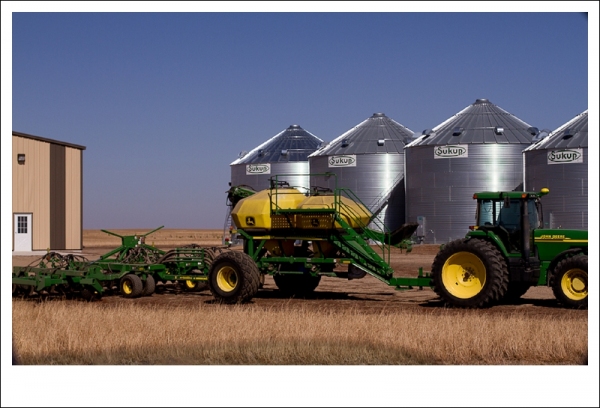


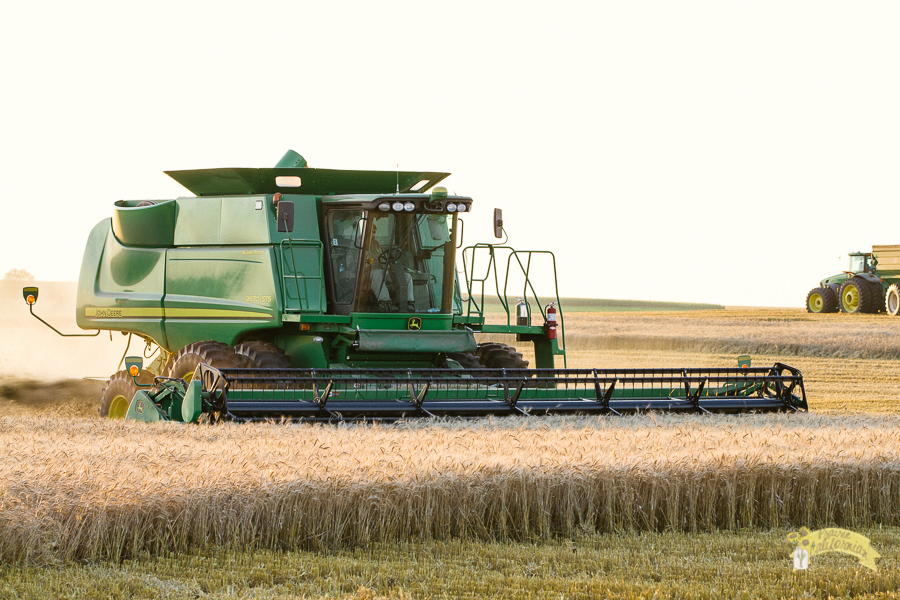


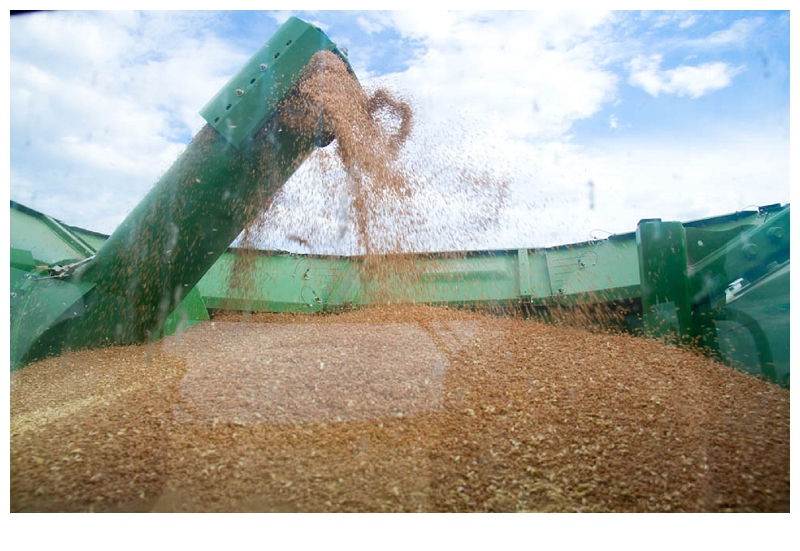
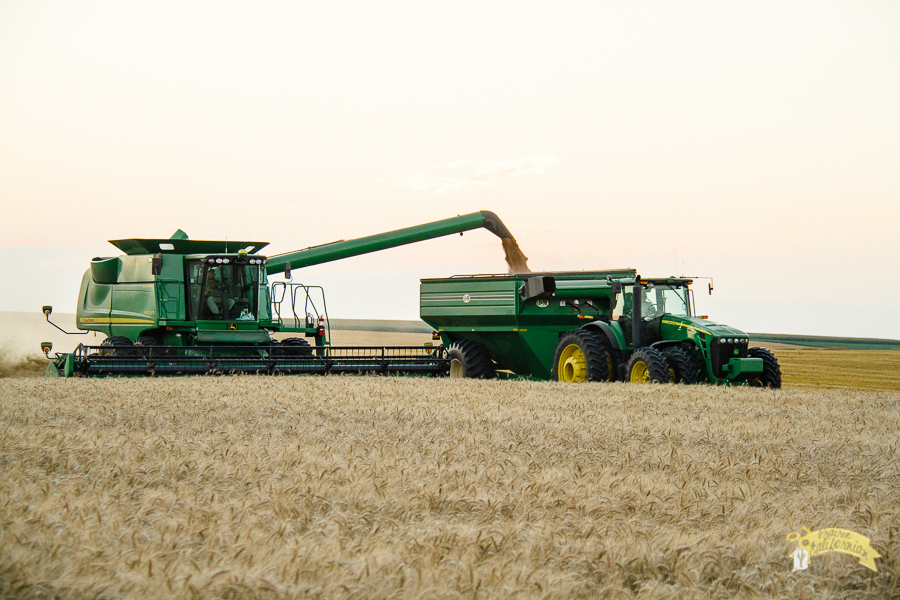
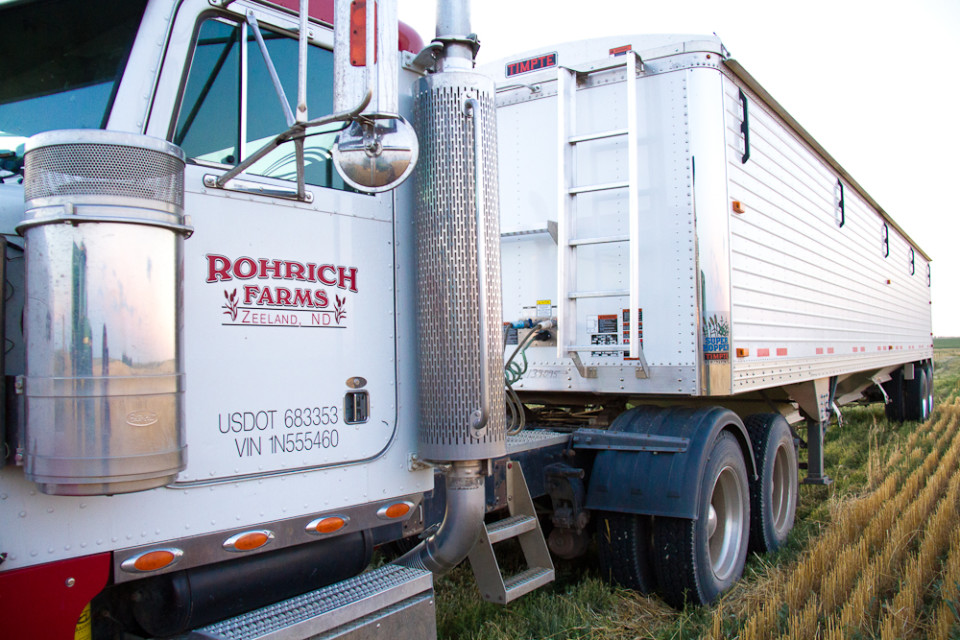
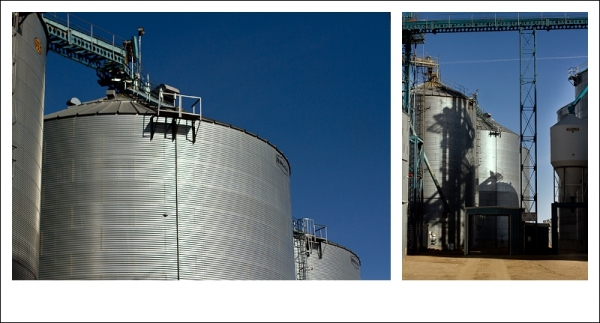


Great post ma’am!
Very helpful. What are the farmer’s responsibilities after harvest?